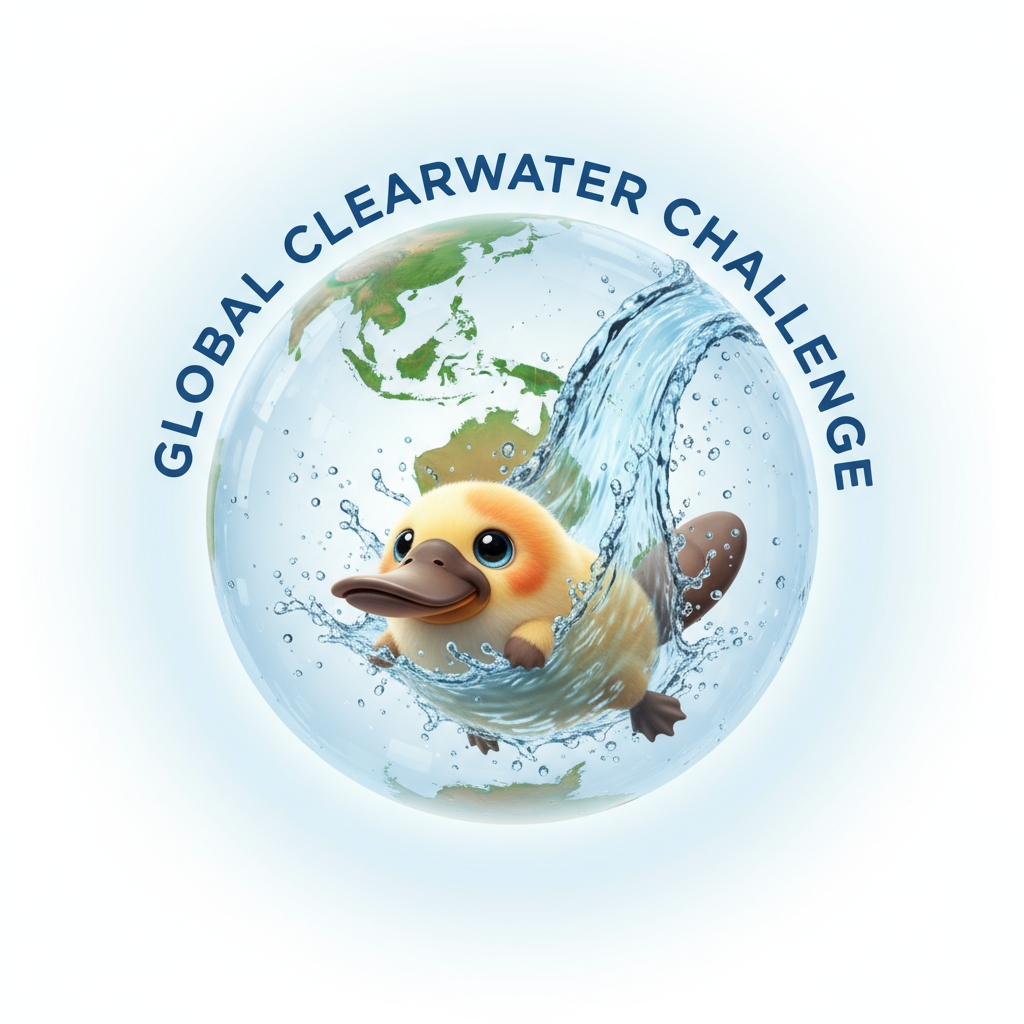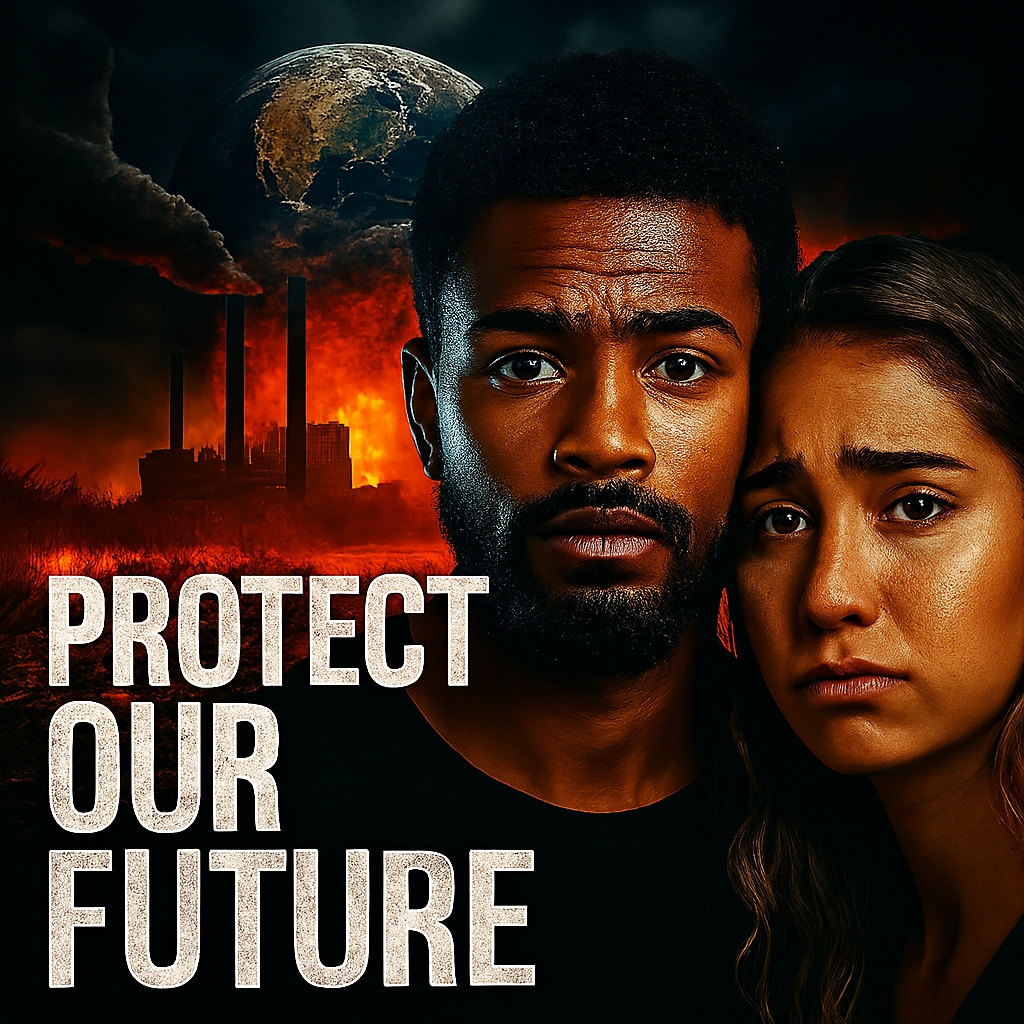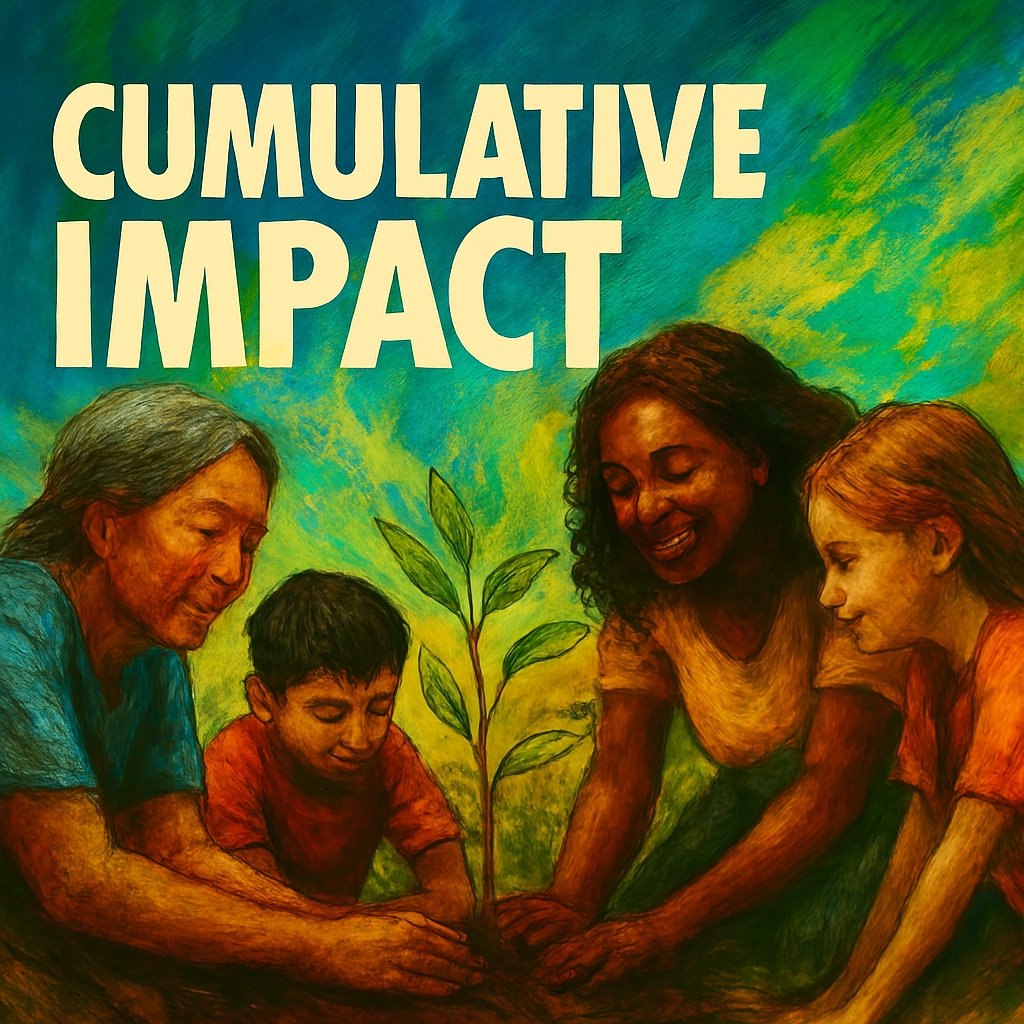Why The Clearwater Challenge?
Why The Clearwater Challenge? Water connects every community, every ecosystem, and every story. From alpine springs to urban storm drains, each drop carries the imprint of place and possibility. The Clearwater Challenge is a bold initiative designed to restore those connections—clean, clear, and community-powered. It’s not just a campaign; it’s a modular movement that invites schools, councils, and grassroots groups to take measurable action. Powered by The EcoReef Project, this challenge blends citizen science, creative outreach, and scalable ecological tools into one unified mission.
The goal is simple but profound: clearer waterways for all. Whether you’re in a classroom or a council chamber, a quiet village or a bustling city, this is your moment to step up, team up, and clean up. The Challenge is designed to be inclusive, adaptable, and symbolic—every action mapped to a ripple of change.
Over the next few years, participants will engage in restoration efforts that begin at the source and flow toward the sea. This is a contest, yes—but it’s also a collaboration. Town vs Town. School vs School. Community vs Community. The Clearwater Challenge is about leadership, stewardship, and ecological storytelling. It’s about turning data into dialogue and turning outreach into impact. Paris took the lead. Now it’s your turn.
The Vision Behind the Challenge – The EcoReef Project
The Clearwater Challenge began with a question, what if every community could restore its waterways, starting with just one drop? That question evolved into a framework—modular, symbolic, and scalable. The initiative activates local leadership while connecting global efforts. It’s not about one-size-fits-all solutions; it’s about adaptive systems that reflect local needs. Schools become science hubs. Councils become catalysts. Citizens become storytellers.
The EcoReef Project provides the backbone—kits, data tools, and outreach templates. But the real power lies in the people. Each region maps its own journey from source to sea. The challenge is structured to be measurable, with clear benchmarks and ripple metrics. Participants track water clarity, biodiversity, and community engagement. The data is not just collected—it’s celebrated.
Outreach becomes art. Restoration becomes ritual. The movement is designed to be emotionally resonant and technically rigorous. It’s not just about cleaning water; it’s about restoring trust. Every stream tells a story. Every drain holds potential. The Clearwater Challenge turns those stories into action. And every action becomes part of a global wave.

How It Works
The Challenge unfolds in modular phases. Phase one begins at the source—springs, creeks, and headwaters. Participants identify local water bodies and assess their current state. Using EcoReef kits, they collect data on turbidity, pH, and biodiversity. Phase two focuses on outreach. Schools host water festivals. Councils launch cleanup days.
Communities create art installations that reflect their water stories. Phase three is about connection. Data is shared across regions. Stories are exchanged. Best practices are refined. Phase four moves downstream—linking tributaries, rivers, and estuaries. Participants collaborate across borders. Phase five culminates at the sea. Coastal communities host final events.
The entire journey is documented. Each phase includes symbolic markers—flags, tiles, or digital badges. These markers create a visual language of progress. The Challenge is gamified but grounded. Points are awarded for clarity improvements, outreach reach, and innovation. Leaderboards track progress. But the real prize is impact.
Challenge Phases and Milestones
| Phase | Focus Area | Milestone Example |
|---|---|---|
| Source | Headwaters | Stream clarity assessment |
| Connection | Tributary networks | Regional data exchange |
| Celebration | Coastal zones | Final waterway restoration event |
The system is inclusive—rural schools, urban councils, and remote villages all have a role. Whether you have one stream or fifty, you can participate. The Challenge is not linear—it’s recursive. Each phase informs the next. And every participant becomes part of the global ecology.
Who Can Join
The Clearwater Challenge is open to everyone. Schools are encouraged to integrate it into science and civics curricula. Councils can embed it into sustainability plans. Community groups can use it to galvanize local action. Even individuals can participate—testing water, sharing stories, and joining cleanups. The Challenge is designed to be intergenerational. Elders share water histories. Youth lead restoration efforts. Artists, scientists, and storytellers all have a role. The EcoReef Project provides onboarding materials for each sector. Schools receive lesson plans. Councils get policy templates.
Communities access outreach kits. The Challenge is also multilingual. Materials are translated to reflect local dialects and cultural contexts. Accessibility is key. Visual guides, audio prompts, and tactile tools ensure everyone can engage. The Challenge is also symbolic. Participants map emotional zones—Memory, Clarity, Foundation—onto their water bodies. These zones guide restoration efforts. The Challenge is not just ecological—it’s editorial. Every action becomes part of a narrative.
Participants are encouraged to document their journey. Photos, poems, and data logs are all welcome. The Challenge is also competitive. Towns compete for clarity scores. Schools compete for outreach impact. Communities compete for innovation. But collaboration is always prioritized. The Challenge is a movement, not a race.
Participant Roles and Responsibilities
| Sector | Role in Challenge | Key Actions |
|---|---|---|
| Schools | Education and outreach | Science kits, water festivals |
| Councils | Policy and infrastructure | Cleanup days, data integration |
| Communities | Engagement and storytelling | Art installations, local cleanups |
Measuring Impact
Impact is measured across three domains: ecological, educational, and emotional. Ecological metrics include water clarity, biodiversity, and pollution reduction. Educational metrics track student engagement, curriculum integration, and outreach reach. Emotional metrics assess community pride, symbolic resonance, and narrative depth. Each domain has its own dashboard.
Participants submit data monthly. The EcoReef Project aggregates and analyzes the results. Impact is visualized through ripple maps. These maps show how one action leads to another. The Challenge also uses storytelling metrics. How many stories were shared? How many artworks created? How many conversations sparked? These metrics are qualitative but powerful. Impact is also measured through transformation. Has the water improved? Has the community changed?
Has the narrative shifted? The Challenge is designed to be iterative. Feedback loops refine the process. Participants learn from each other. Impact is also symbolic. Tiles are placed at each restored site. These tiles represent clarity, memory, and foundation. They become part of a global mosaic. Impact is also emotional. Communities report increased trust, pride, and connection. The Challenge is not just about data—it’s about dignity.
Impact Metrics Overview
| Domain | Metric Type | Example Indicators |
|---|---|---|
| Ecological | Quantitative | Turbidity, biodiversity, pH levels |
| Educational | Engagement | Student participation, lesson uptake |
| Emotional | Qualitative | Community pride, symbolic resonance |
Scaling the Movement
The Clearwater Challenge is designed to scale. It starts with one stream and expands to entire regions. The modular design allows for replication. Kits can be adapted to different climates and cultures. Outreach templates can be localized. Data tools can be scaled. The Challenge is also designed to be symbolic. Each region creates its own visual language. Tiles, flags, and badges reflect local stories. These symbols create cohesion. The Challenge is also designed to be recursive.
Each phase informs the next. Lessons learned upstream guide downstream efforts. The Challenge is also designed to be regenerative. It doesn’t just restore—it renews. Communities build capacity. Schools build curricula. Councils build policy. The Challenge is also designed to be celebratory. Final events honor the journey. Participants share stories, data, and dreams.
The Challenge is also designed to be archival. Every action is documented. A global archive is created. This archive becomes a resource. The Challenge is also designed to be adaptive. New modules are added. New partners join. New stories emerge. The Challenge is also designed to be visionary. It imagines a world where every waterway is clear. And every community is connected.
Symbolic Zones and Editorial Mapping
One of the most distinctive features of the Clearwater Challenge is its symbolic mapping. Participants are encouraged to assign editorial zones to their water bodies. These zones include Clarity, Foundation, Memory, and Resonance. Each zone represents a layer of ecological and emotional meaning. Clarity might reflect water quality. Foundation could represent infrastructure or community support. Memory might hold historical narratives. Resonance could symbolize outreach and impact.
These zones guide restoration efforts. They also create a shared language. Participants use tiles, flags, and digital markers to represent each zone. This symbolic system turns restoration into ritual. It also deepens emotional engagement. Communities begin to see their waterways not just as resources, but as stories. The editorial mapping allows for modular storytelling.
Each action becomes a chapter. Each stream becomes a sentence. Each ripple becomes a metaphor. This system is especially powerful in schools. Students learn to connect science with symbolism. Councils use it to align policy with narrative. Communities use it to build pride and cohesion. The symbolic zones are not fixed—they evolve. New zones can be added. Existing zones can be reinterpreted. The system is designed to be adaptive and emotionally intelligent.
Outreach as Art
Outreach in the Clearwater Challenge is not just communication—it’s creative expression. Communities are encouraged to turn their restoration efforts into public art. Murals, mosaics, and installations become visual markers of ecological progress. Schools might paint storm drains with messages of clarity. Councils could commission sculptures made from reclaimed materials. These artistic interventions serve dual purposes: education and inspiration.
They invite conversation while celebrating action. Outreach becomes a gallery of impact. Each piece tells a story—of a stream restored, a community engaged, a ripple made visible. Art also bridges generations. Elders contribute traditional motifs. Youth bring contemporary styles. The result is a layered visual language. Outreach is also performative. Spoken word events, music festivals, and dance performances are encouraged. These events turn data into dialogue. They make science accessible and emotional. Outreach is also digital. Participants share their creations online, building a global archive of water-inspired art.
The EcoReef Project provides templates for visual storytelling. These templates help communities map their journey symbolically. Outreach is also tactile. Tiles, flags, and badges are crafted by hand. These objects become heirlooms of restoration. Outreach is also adaptive. Each region defines its own aesthetic. The Challenge honors diversity in expression. Outreach is not a side activity—it’s central to the movement. It ensures that every action resonates beyond the data.
Youth Leadership and Curriculum Integration
Youth are at the heart of the Clearwater Challenge. Schools are not just participants—they’re incubators of ecological leadership. The Challenge integrates seamlessly into science, geography, and civics curricula. Students learn to test water quality, analyze data, and propose solutions. But they also learn to tell stories. They document their findings through essays, videos, and art.
This integration turns classrooms into restoration labs. Teachers receive modular lesson plans aligned with national standards. These plans include hands-on experiments, field trips, and outreach projects. Students are encouraged to form water teams. These teams lead local cleanups, host awareness events, and mentor younger peers. The Challenge also supports student councils. These councils can propose water policies to local government. Youth leadership is not symbolic—it’s structural.
The Challenge includes a youth advisory board. This board helps shape the initiative’s direction. Students also participate in regional summits. These summits allow for cross-school collaboration. Youth voices are amplified through storytelling platforms. The Challenge values emotional intelligence alongside scientific rigor. Students reflect on their relationship with water. They explore themes of memory, clarity, and foundation. Curriculum integration ensures that the Challenge is not an extracurricular—it’s embedded. It becomes part of the school’s identity. Youth leadership ensures sustainability. Today’s students become tomorrow’s stewards. The Challenge is a rite of passage. It turns learning into legacy.
Restoring Trust Through Water
Water is more than a resource—it’s a relationship. The Clearwater Challenge recognizes that restoring waterways also means restoring trust. Trust between communities and ecosystems. Trust between citizens and institutions. Trust between generations. Many communities have experienced water degradation. Pollution, neglect, and mismanagement have eroded confidence. The Challenge offers a pathway to rebuild. Restoration becomes a shared responsibility.
Councils commit to transparency. Citizens commit to stewardship. Schools commit to education. Each action is documented and celebrated. This visibility builds trust. Communities see progress. They feel ownership. The Challenge also fosters inter-community trust. Towns share data. Schools exchange stories. Councils collaborate on policy. This networked approach strengthens resilience. Trust is also symbolic. Tiles placed at restored sites represent commitment. These tiles are not just markers—they’re promises. The Challenge encourages ceremonies.
Communities gather to honor their water. These rituals deepen emotional connection. Trust is also built through consistency. Monthly updates, shared dashboards, and open forums ensure accountability. The EcoReef Project supports this infrastructure. It provides tools for honest reflection. Trust is also emotional. Communities report increased pride and cohesion. The Challenge becomes a mirror. It reflects what’s possible when people unite. Restoring water becomes a metaphor for restoring relationships. And every restored stream becomes a restored story.
Conclusion
The Clearwater Challenge is more than a campaign—it’s a movement. It invites every sector of society to participate in a shared ecological narrative. From source to sea, every action matters. Every ripple counts. The Challenge is designed to be modular, symbolic, and scalable. It blends science, storytelling, and stewardship into one unified mission. It empowers youth, councils, and communities to lead. It transforms outreach into art and data into dialogue. It restores trust, builds capacity, and celebrates progress. The Challenge is not just about water—it’s about connection. It’s about turning restoration into ritual. And it’s ready for you.
Join the Discussion
What stories live in your local waterways? How can your community turn restoration into ritual?
#ClearwaterChallenge #EcoReefProject #SourceToSea #WaterwayRestoration #CitizenScience #CommunityAction #EnvironmentalLeadership #GlobalMovement #CleanWaterInitiative #RippleEffect #YouthStewardship #SymbolicZones #RestorationThroughArt #TrustInWater #ModularEcology







Leave a Reply